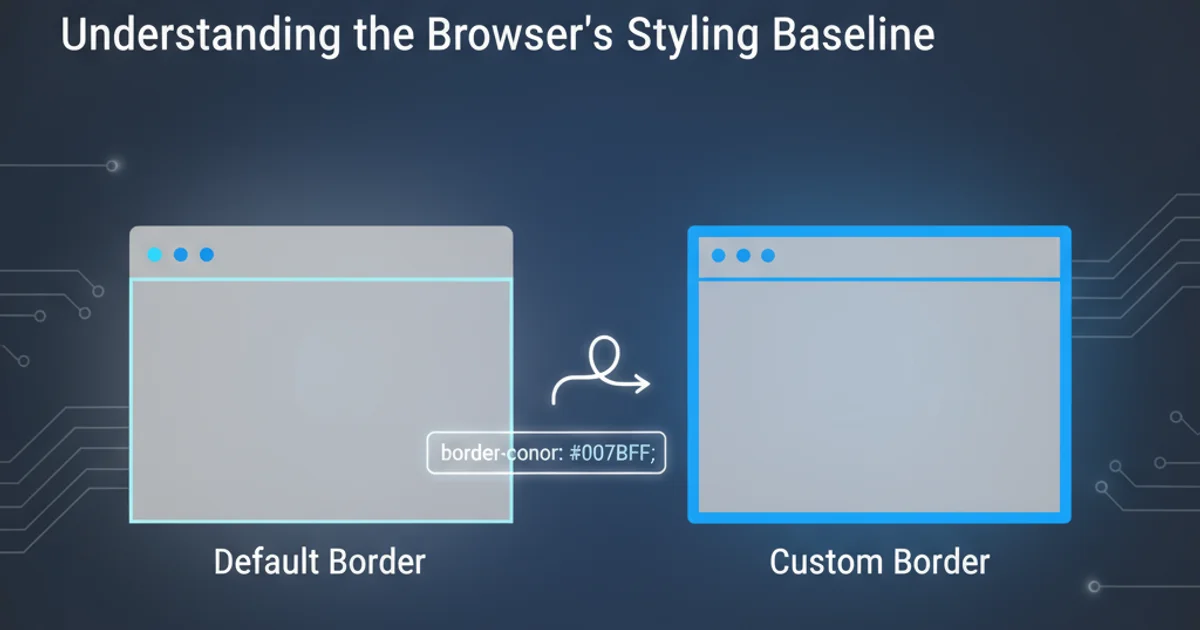Using CACLS.EXE in a batch file with auto answer
Categories:
Automating CACLS.EXE Permissions with Auto-Answer in Batch Files

Learn how to effectively use CACLS.EXE within batch scripts to manage file and folder permissions, including techniques for automatically answering prompts to streamline your automation tasks.
Managing file system permissions is a critical aspect of system administration and application deployment. On Windows, the CACLS.EXE command-line utility provides a powerful way to view and modify Access Control Lists (ACLs). While ICACLS.EXE is the modern successor, CACLS.EXE remains relevant for compatibility with older systems or specific scripting needs. A common challenge when using CACLS.EXE in batch files is its interactive nature, often prompting for confirmation. This article will guide you through using CACLS.EXE non-interactively within your batch scripts.
Understanding CACLS.EXE and Its Interactive Prompts
CACLS.EXE is a command-line tool used to display or modify discretionary access control lists (DACLs) of files and folders. When you use CACLS to modify permissions, especially when replacing existing ones, it often asks for confirmation, like Are you sure (Y/N)?. This prompt halts batch file execution, requiring manual intervention. To automate permission changes, we need a way to 'auto-answer' this prompt.
flowchart TD
A[Batch File Starts] --> B{CACLS Command Executed}
B --> C{CACLS Prompts 'Are you sure (Y/N)?'}
C -- Manual 'Y' --> D[Permissions Modified]
C -- No Input --> E[Batch File Halts]
C -- Automated 'Y' --> D
D --> F[Batch File Continues]CACLS.EXE interactive prompt workflow
Methods for Auto-Answering CACLS Prompts
There are primarily two effective methods to provide an automatic 'Y' (Yes) response to CACLS.EXE within a batch file: using the ECHO command with a pipe, or using the /C switch (though less common for auto-answering CACLS specifically, it's good to be aware of its general use for command execution). The ECHO method is generally preferred for its simplicity and directness in feeding input.
@echo off
REM --- Method 1: Using ECHO and a pipe ---
ECHO Y | CACLS "C:\Path\To\Your\Folder" /G "Everyone":F
REM --- Method 2: Using ECHO with a newline (less common for CACLS, but good for general input) ---
REM This might not work reliably for all interactive prompts, but is shown for completeness.
REM (ECHO Y & ECHO.) | CACLS "C:\Path\To\Your\Folder" /G "Everyone":F
ECHO Permissions updated successfully (or attempted).
Batch file demonstrating auto-answering CACLS prompts
ICACLS.EXE for new scripts as it offers more granular control and a /Q (quiet) switch for non-interactive execution.Practical Example: Granting Full Control to a User
Let's consider a scenario where you need to grant 'Full Control' permissions to a specific user or group for a particular folder and its contents. The following batch script demonstrates how to achieve this using the ECHO Y | CACLS approach. Remember to replace the placeholder paths and user/group names with your actual values.
@echo off
SETLOCAL
SET "TARGET_FOLDER=C:\MyApplicationData"
SET "TARGET_USER=BUILTIN\Users"
ECHO Granting Full Control to "%TARGET_USER%" on "%TARGET_FOLDER%"...
REM /T: Traverse subdirectories and files
REM /C: Continue on access denied errors (useful for robust scripts)
REM /G: Grant specified user access rights
REM :F: Full Control
ECHO Y | CACLS "%TARGET_FOLDER%" /T /C /G "%TARGET_USER%":F
IF %ERRORLEVEL% NEQ 0 (
ECHO An error occurred during permission modification.
) ELSE (
ECHO Permissions set successfully for "%TARGET_FOLDER%".
)
ENDLOCAL
Batch script to grant full control permissions to a folder and its subcontents
CACLS with /G Everyone:F can be a significant security risk. Granting 'Full Control' to 'Everyone' should be avoided in production environments unless absolutely necessary and understood. Always adhere to the principle of least privilege.By piping ECHO Y into the CACLS command, you effectively simulate a user typing 'Y' and pressing Enter, thus automating the confirmation prompt. This technique is invaluable for unattended script execution, ensuring your batch files run smoothly without manual intervention.